
In 2002, with Tom Petty’s searing stab at corporate radio (“The Last DJ”) ringing in my ears, I was super glad that I had recently become a member of KXCI, Tucson’s community radio station.
I liked that KXCI had live, mostly volunteer DJs Left of the Dial (‘Mats, anyone?) at 91.3FM, playing local music and national independent artists; living, breathing humans that made mistakes, laughed about it, turned vinyl – oh the warm hiss and pop – and seemed to really care about this community.
Sometimes it was unpolished, but it was much better than listening to the super slick commercial radio stations spinning the same scheisse – could you even call in a request? – and, ah geez, the screaming car sales ads.
I was impressed that KXCI had in-studio DJs 24/7, still does, with a schedule of shows that offer tunes for seemingly every demographic. Not to mention that the station keeps its lights on via grants, underwriters and memberships while still providing prime air time to non-profits via public service announcements.
In 2009, I was appointed to the board of directors and served for three years. Zócalo’s publisher David Olsen served on the board for five years previous to me joining it. All of this is to say, with full disclosure, I’ve had a relationship with the station for over a decade, and I’ve broken bread and clinked glasses with the staff.
The station has had major issues and there were many tumultuous years. But it has persevered and is only getting stronger. As KXCI enters its third decade of broadcasting this month, it is hosting a series of events to celebrate its 30th (pearl!) anniversary, along with pushing its capital campaign, “Amplify KXCI.” The fund-raising effort focuses on four components with the first priority on funding the northwest booster transmitter.
As any regular listener knows, the signal breaks up as one moves north and west of the town’s center. Talking with The Home Stretch Host and Special Projects Director Cathy Rivers, the broadcast starts to get lost around River Road, she says, “and there’s nothing by the time you reach Orange Grove.”
It’s been a complaint for years, but there were so many regulatory, engineering and geologic issues – Pusch Ridge blocks the signal emanating from the Santa Catalinas’ Mt. Bigelow – that had to be sorted through; details that have taken a lot of time and energy to figure out.
“Anecdotally, it was what most people brought up with us at events, ‘We’d listen more if we could get the station.’,'” Community Engagement Director Amanda Shauger shares. “It took a ground swell of will to analyze the problem and find solutions.
“There was a time when it seemed no amount of money could solve the broadcast problem,” Shauger adds.
Finding a solution to the broadcasting issue began in earnest in 2011 when Shauger, Mary Beth Haralovich, board president, and General Manager Randy Peterson sat down with an engineer from Oregon at the National Federation of Community Broadcasters conference in San Francisco.
“He showed us our FCC (Federal Communications Commission) file and looked at the various things KXCI tried before. Some of it was not having the capacity or will. It is a testament to our ability and financial stability to have the time to figure it out,” explains Schauger.
As the quest to find FCC and engineering broadcast solutions to provide a signal to the foothills and northwest Tucson carried on, a capital campaign feasibility study for the station was being undertaken by Smith & Dale, a local development consulting firm.
“They conducted more than 50 in-person interviews and hundreds more in an online survey. It determined the priorities of the campaign and the financial goals,” Shauger says.
The Smith & Dale study ended up setting the fundraising bar for Amplify KXCI at $900,000: $350,000 to fund the northwest booster transmitter, $225,000 to rehabilitate the station’s century-old Downtown headquarters, $175,000 to upgrade technology and $150,000 as an endowment.
 The $350,000 will cover purchasing and installing the booster transmitter equipment on the Good News Radio Broadcasting tower at First Avenue and Grant Road, along with three years of tower rental and utility costs. Beyond the first three years of funding, the hope is that new memberships from the expanded signal reach will come in and carry the costs of the station’s booster.
The $350,000 will cover purchasing and installing the booster transmitter equipment on the Good News Radio Broadcasting tower at First Avenue and Grant Road, along with three years of tower rental and utility costs. Beyond the first three years of funding, the hope is that new memberships from the expanded signal reach will come in and carry the costs of the station’s booster.
Peterson, known for his dry wit, jokes when asked if there is a back-up plan if new membership projections do not come to fruition to sustain the added equipment costs at the mid-town tower.
“Harakiri?”
The staff has done its research, so there shan’t be a need for ritual suicide.
“Annual rent and utilities should fall in the $18,000 to $20,000 range. The first three years are included in the campaign so that we are not increasing operational expenses. Based on our own experience and public radio and television research, the average listener takes about three years to become a member. At the high end of $20,000, the increased operating costs require only about 200 more members; we’re expecting to have won the support of closer to 1,000 new members in the next three years.” Current membership is at 2,705, according to Membership Director Michelle Boulet-Stephenson.
“The station is on solid ground in our regular operating expenses,” Peterson adds.
KXCI is well on its way to reaching the campaign’s first tier goal of meeting the $350,000 benchmark for the booster. As of late November, the capital campaign was already at $290,000. The success of Amplify KXCI will determine when the transmitter is installed.
“We are putting ‘first dollars’ to the transmitter, so we don’t need to get all the way to [the goal], just far enough to feel confident in executing the equipment purchase,” says Peterson. “From that day (purchase) through installation and testing we are probably looking at four to six months. We have already done all necessary engineering, surveying and legal work, and we have the authorization from the FCC.”
Beyond filling out its signal coverage, increasing the number of potential listeners “will help our underwriters and the non-profits we serve through the public service announcements,” says Rivers. She is passionate about the fact KXCI leads the pack when it comes to offering PSAs. Each week, four PSAs are chosen and they run eight times a day in both prime- and off-times. “No one else is doing that volume, or during those times,” Rivers states.
In fact, according to Peterson, KXCI runs 12,000 PSAs a year, “at a value of almost $125,000 split between approximately 150 non-profit groups.”
Mainly a music station, KXCI supports local musicians in a way that no other Tucson station does. Annually, hundreds of local and regional bands receive airplay thanks to the tireless work of Music Director Duncan Hudson. To continue to connect listeners with these musicians, and the national independents the station spins, the $175,000 for technology upgrades is imperative.
“The era of CDs as our predominant medium for playing music is coming to an end, and KXCI is not currently equipped to do a sufficient job with digital media. Right now digital downloads are burned to CD, which is inefficient and expensive. Other technological improvements will include the ability to have multiple web streams and an archive of programs, so if you miss your favorite show live, you can listen to it at your convenience later. We already have the mechanism to do that, we just don’t have the staff and volunteer resources to make it a reality,” explains Peterson.
While the $225,000 number to rehabilitate the station’s historic Armory Park property may seem steep, the fact is that figure includes retiring the building’s mortgage (which is approximately $45,000), along with crucial upgrades.
“Most pressing needs are energy efficiency – attic insulation, better windows – and the roof, which has developed a few small leaks,” Peterson details. “We’d like to be pro-active on the roof now rather than spend more money later… [it will] become a more expensive albatross down the road.”
To keep the capital campaign donations manageable for donors, there are several levels (ranging from $600 to $100,000, but no amount will be turned away) that can be spread out over three years via installment payments. The current effort runs through February 2014, at which point, Peterson says, they will reassess strategies.
In further disclosure, I personally gave to this campaign as did my husband’s bankruptcy law firm. It is the love the staff and the volunteers put into crafting a most excellent station that wins our support. It really is about the people.
As Rivers says with genuine affection, “I’m really grateful to the people who started this radio station and I’m constantly amazed that we are on the air 24/7, and it’s due to the stellar job our volunteers do.”
Information on the capital campaign is at KXCI.org or by calling (520) 623-1000 x13. Find complete details on the 30th anniversary celebrations via the website or by tuning in to 91.3FM.
 The musical palate of this 11-track, self-titled album is beautifully complex while remaining completely accessible. Tesoro melds amazing instrumentation with passionate vocals that are at times bold, other times mellow, but always richly textured. The sexy, sultry songs cull from a variety of styles with flamenco at the core.
The musical palate of this 11-track, self-titled album is beautifully complex while remaining completely accessible. Tesoro melds amazing instrumentation with passionate vocals that are at times bold, other times mellow, but always richly textured. The sexy, sultry songs cull from a variety of styles with flamenco at the core.

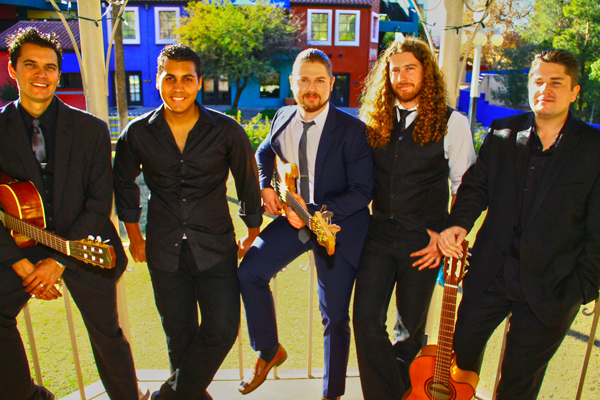
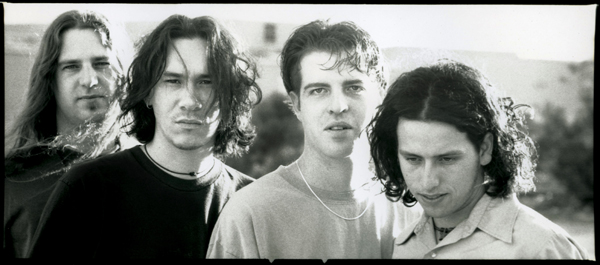
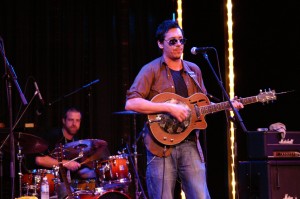


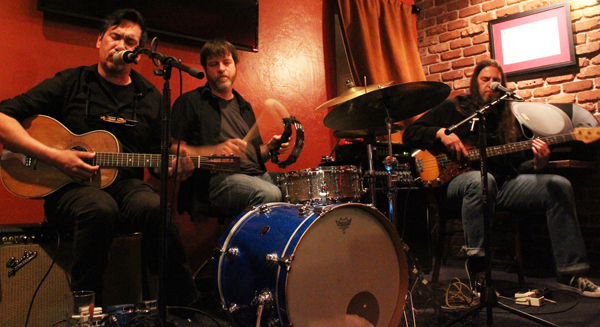

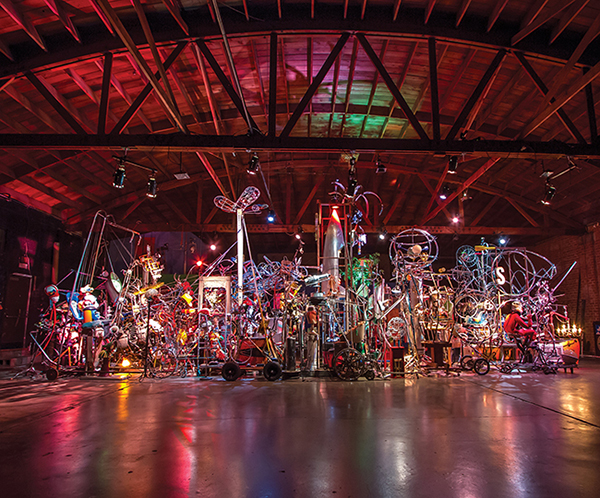
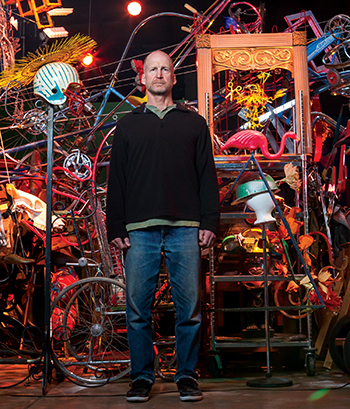


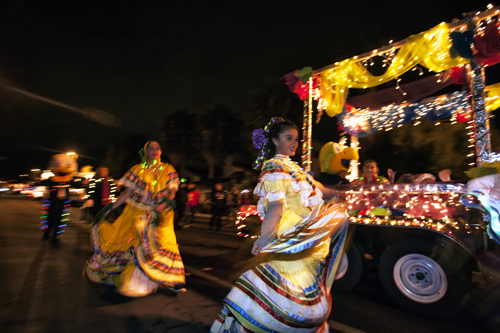



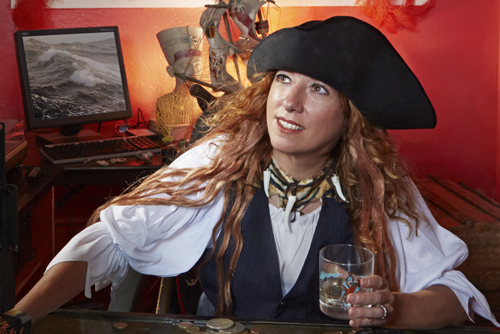
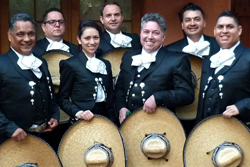
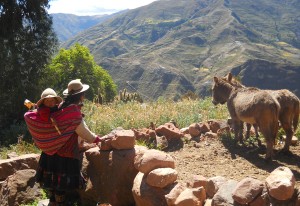
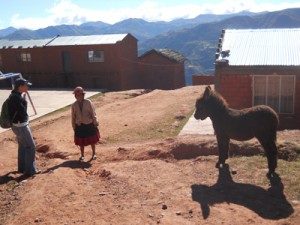
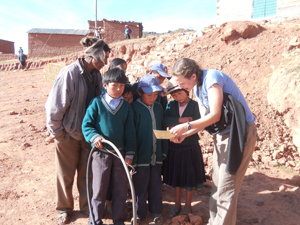






Also find us on...